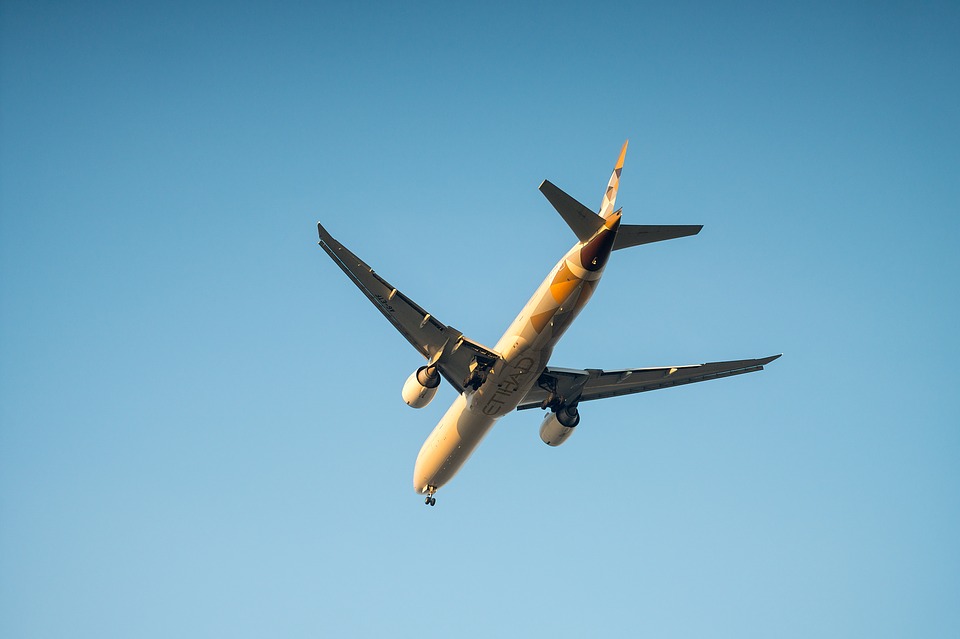This post is also available in:
 עברית (Hebrew)
עברית (Hebrew)
Aircraft have been facing a growing threat of collision with other aircraft, unmanned aerial vehicles, etc. A new detect-and-avoid radar to improve air traffic safety was tested successfully. HENSOLDT, a sensor solutions provider, has successfully concluded flight tests with its collision avoidance radar system for UAVs. This sensor is intended to improve safety in both military and civilian air traffic.
The demonstrator of the detect-and-avoid radar system uses the latest radar technology to detect objects in the flight path of a UAV and to give early warning of any threat of collision following precise evaluation of the flight direction. At the same time, the sensor also assumes all the functions of a weather radar system.
The radar demonstrated its capabilities in a real setting, thus confirming the results previously achieved in ground tests. In test flights lasting several hours, the radar installed in a Dornier Do 228 reliably detected the test aircraft approaching at different altitudes and angles.
According to the company’s website, the detect-and-avoid radar system uses state-of-the-art AESA technology (Active Electronically Scanned Array), which allows several detection tasks to be carried out at the same time and enables objects to be detected extremely fast.
The system replaces the pilot’s visual assessment of the situation. The multifunction radar is equally suitable for both military and civilian UAVs, e.g. for the delivery of cargo.
The company operates one of Europe’s largest cleanroom production facilities in order to produce the radio-frequency components required for AESA equipment. The company’s radar systems and radar components are used on board aircraft, satellites, ships and in ground stations.
The flight tests were carried out on behalf of the German procurement authority BAAINBw and in collaboration with the German Aerospace Center (DLR) in Brunswick.
A second series of flight tests is planned for the coming year.


























